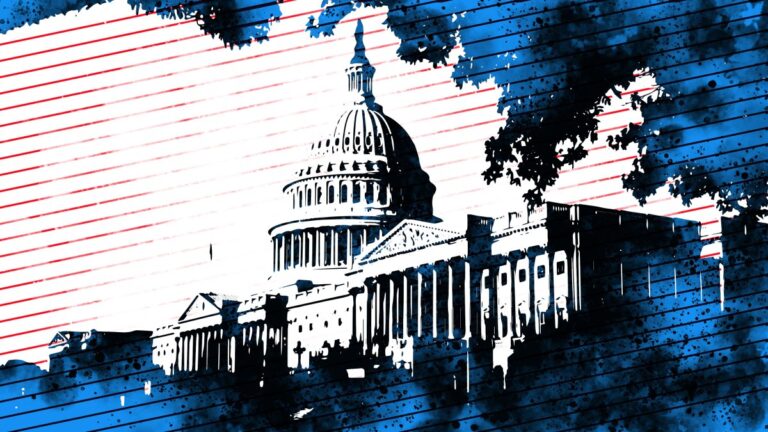Mastering Compliance in 2025: How AI is Transforming Regulatory Landscapes
As we enter 2025, organizations globally are preparing for a rapidly changing regulatory landscape. With political shifts and evolving priorities from key regulatory agencies, companies must strategically adapt to new challenges in compliance, labor laws, cybersecurity standards, and environmental, social, and governance (ESG) commitments. This year is poised to bring significant regulatory changes that will require businesses to be proactive.
The Evolving Regulatory Framework in 2025
2025 marks a crucial transformation in regulatory frameworks as federal regulations become more lenient while state-level rules intensify. According to the KPMG US Ten Key Regulatory Challenges of 2025 report, businesses will need to navigate through these changes and emerging risks effectively.
Insights from KPMG
Amy Matsuo, the Regulatory Insights Leader at KPMG LLP, stated, “2025 will be the Year of Regulatory Shift fueled by a new Administration, agency leadership changes, and expanded regulatory divergence.” Companies are encouraged to stay vigilant against potential new risks while managing the agenda to reduce regulatory burdens.
State Governments Taking Charge
With declining federal oversight, state governments are stepping up, resulting in a more complex regulatory environment. Notable states like California are at the forefront of protecting worker rights and environmental regulations. California’s Attorney General, Rob Bonta, has been vocal against federal rollbacks, particularly in the area of environmental protections, highlighting the necessity for organizations to monitor and adapt to state-specific regulations closely.
The Rise of Artificial Intelligence in Compliance
The need for organizations to manage an increasing number of state-specific regulations has led to the adoption of Artificial Intelligence (AI). AI technologies can enhance operational efficiency, delivering results up to 50 times faster than traditional methods. Key benefits of AI in regulatory, risk, and compliance management include:
- Regulatory change management
- Compliance monitoring
- Controls rationalization
- Risk assessments
- Report generation
As AI governance evolves, businesses must find a balance between innovation and security, especially since state governments may also introduce their own AI regulations.
Building Resilience Against Disruptions
Organizations must demonstrate financial and operational resilience in light of increasing disruptions, such as technological failures and geopolitical tensions. Strong regulatory scrutiny will necessitate robust business continuity plans and effective incident response strategies.
Strategies for Staying Compliant
To remain compliant amid shifting regulations, businesses should:
- Stay informed about federal and state-level developments.
- Adopt flexible strategies for compliance.
- Invest in AI tools for regulatory, risk, and compliance teams.
- Provide ongoing staff training to adapt to regulatory complexities.
By leveraging AI intelligently, organizations can ensure compliance and position themselves to thrive despite the uncertainties in the regulatory landscape of 2025.
For more insights on regulatory challenges, check out the EY Governance page.







